How to integrate tom toms into a house-style beat
Bring a percussive twist to your four-square grooves
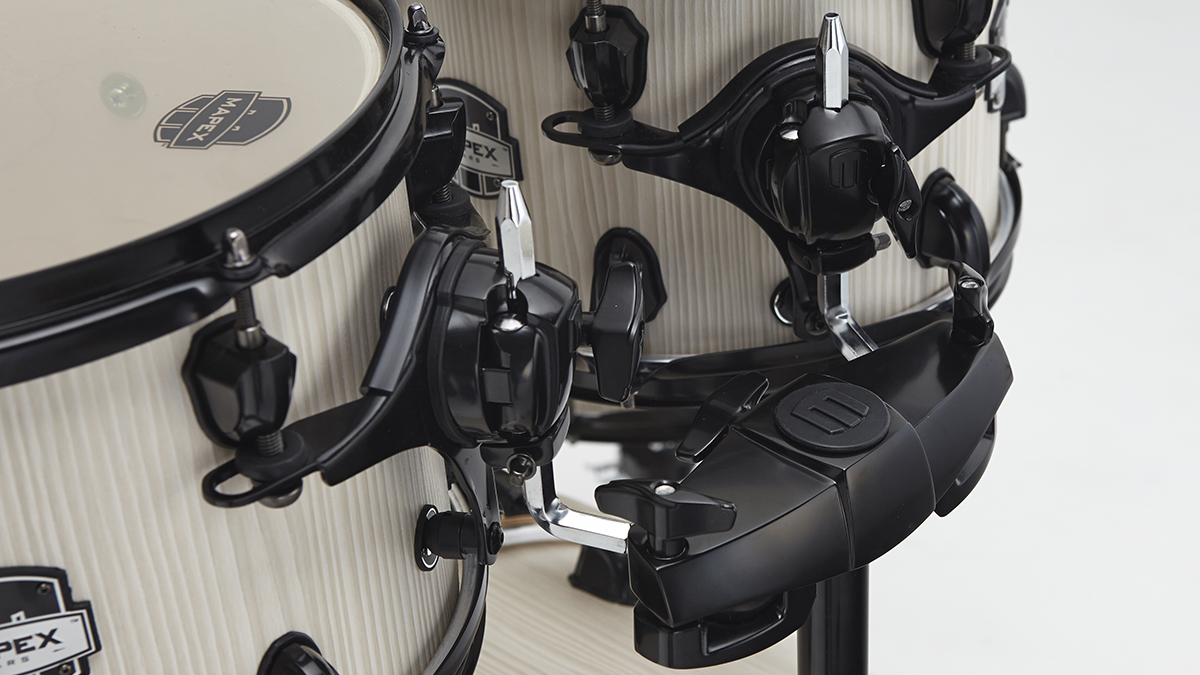
While tom toms are often just the ticket when you want to mark the end of a phrase or song section with a drum fill, that’s by no means the extent of their rhythmic remit. They can also work wonders in adding colour to grooves when thrown in occasionally, or bringing a rolling, tribal feel to four-to-the-floor dance tracks when fully integrated into a conventional kick/snare/hi-hat-based pattern.
In this tutorial, we’ll show you a few ways in which toms can be incorporated into your beats, from subtle backbeat softening to full-on 16th-note hi-hat replacement. We'll be using XILS-Lab’s rather awesome StiX CM drum machine, yours free with the July edition of Computer Music.
We’ve designed a 909-style kit in Stix CM, with the kick, snare, hi-hats and two toms where you’d expect them to be, but with a handclap loaded onto the Percussion 1 pad and a high tom on the Crash pad. So that’s three tom toms in total: the low tom on Tom L, the medium tom on Tom H and the high tom on Crash. Feel free to substitute all of this with your own kit (and, indeed, drum machine), of course, but if you want to follow along with the same beats and sounds we're using, the whole preset is saved within the ‘CM 909’ Bank.
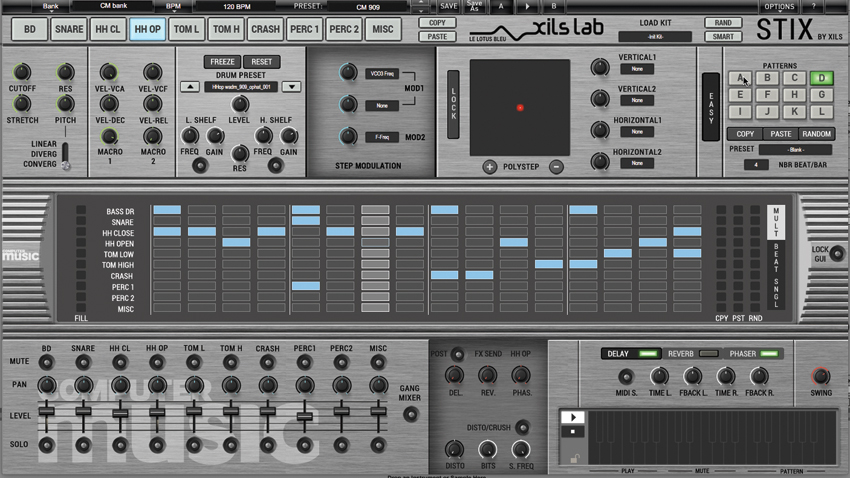
Step 1: First, here’s an example of what many drum programmers would quite reasonably see as the primary role of the tom toms: providing short, conclusive fills at the ends of phrases and sections in order to keep the listener anchored to the temporal structure of the drum track.
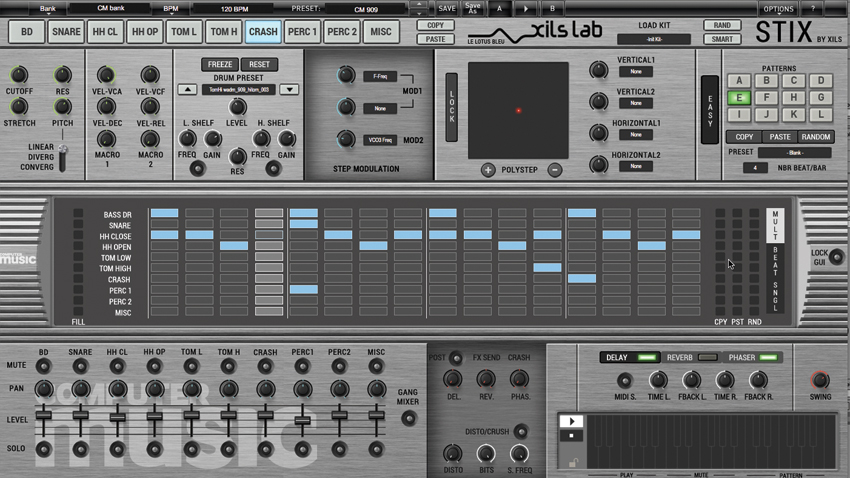
Step 2: Fills aren’t all that toms are capable of, though - they can be made integral to the groove in various ways. Here’s one of the simplest: replacing the snare drum to provide a softer backbeat that can profoundly change the vibe of the track. We’ve swapped the second snare for the high tom, led into with the medium tom.
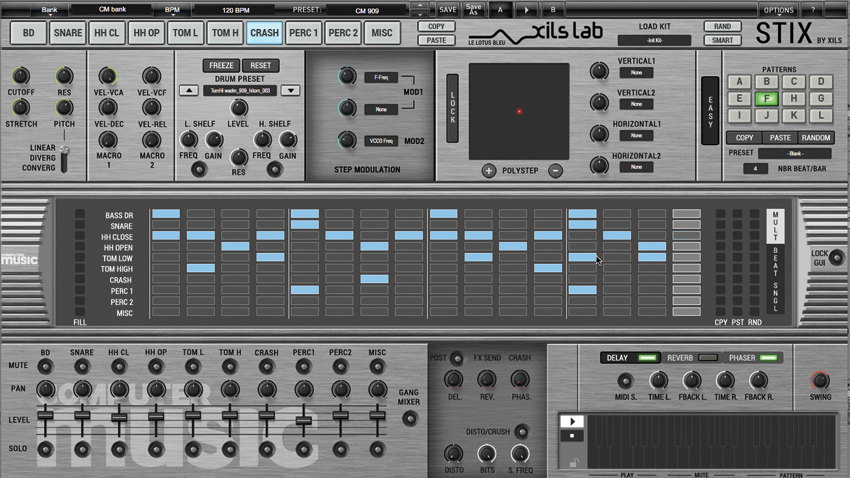
Step 3: There’s no reason why the toms can’t be worked more deeply into the drum track than that, serving as a syncopated percussion line that rolls along semi-melodically over the main kit elements. Generally speaking, it’s a good idea to avoid placing low tom hits on top of the kick, as they can all too easily clash.
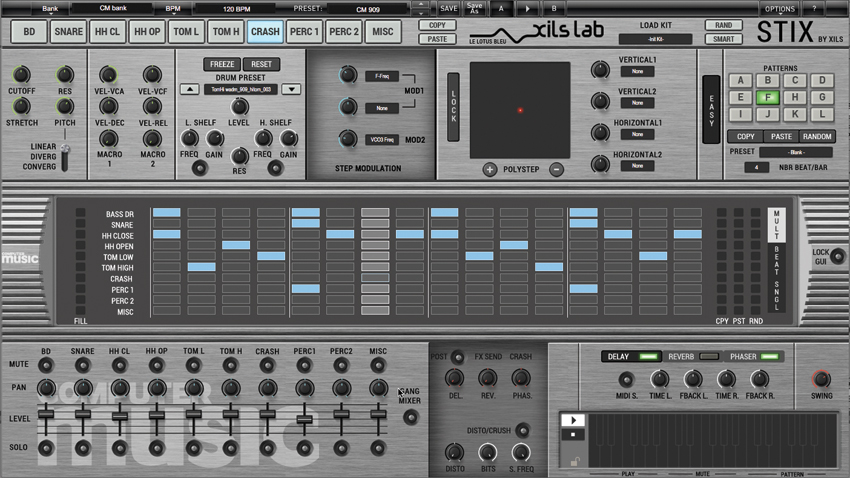
Step 4: The previous example had the hi-hats uninterrupted by the toms, making the groove pretty dense. Here’s the same pattern thinned out by removing all the hi-hats coinciding with tom hits. The two now form a linear pattern - that is, a monophonic stream of single notes moving between kit pieces.
Get the MusicRadar Newsletter
Want all the hottest music and gear news, reviews, deals, features and more, direct to your inbox? Sign up here.
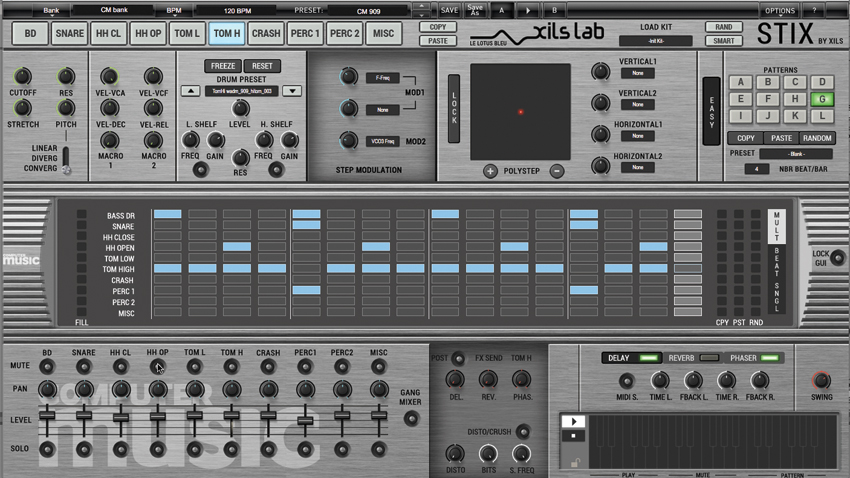
Step 5: Alternatively, why not replace the hi-hats entirely with toms? Here, we’ve deleted all the closed hats and put mid tom hits on all 16th-notes except beats 2 and 4, with full-velocity hits on the offbeats led into by low-velocity hits, for dynamic interest. This groove works well with or without the open hi-hats left in.
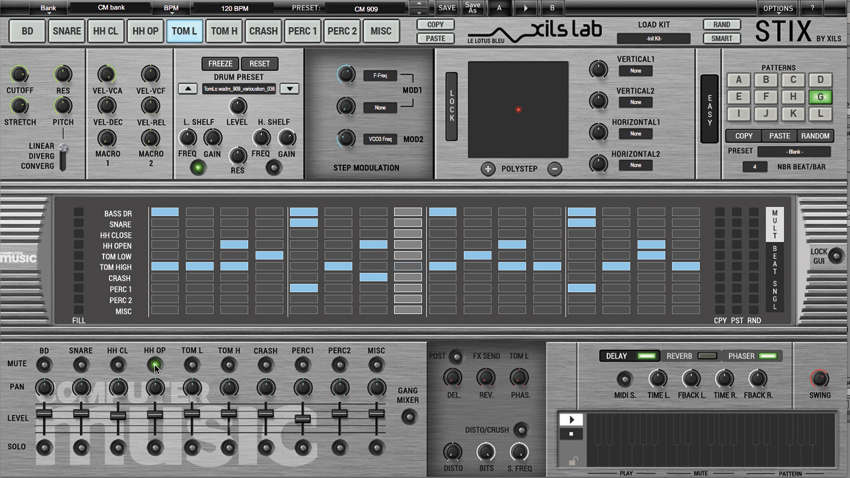
Step 6: Finally, let’s combine the last two concepts by bringing in the low and high tom hits from the previous example, and removing the mid tom hits that land with them to make the tom line more melodic but still linear. Again, the closed hi-hats can be used to brighten up the offbeat or not, as befits the track.
Computer Music magazine is the world’s best selling publication dedicated solely to making great music with your Mac or PC computer. Each issue it brings its lucky readers the best in cutting-edge tutorials, need-to-know, expert software reviews and even all the tools you actually need to make great music today, courtesy of our legendary CM Plugin Suite.










